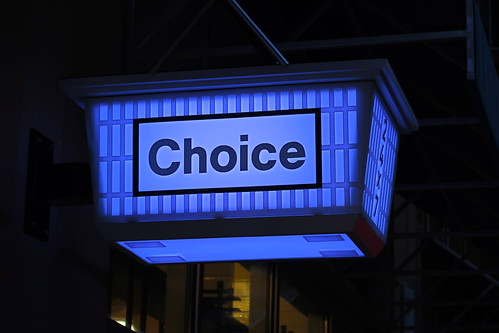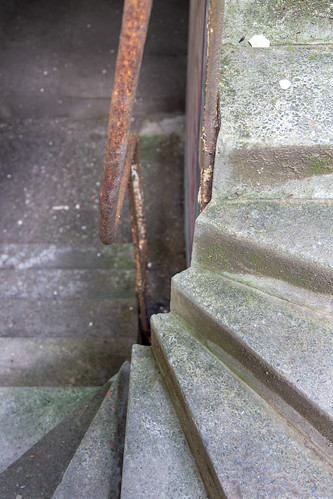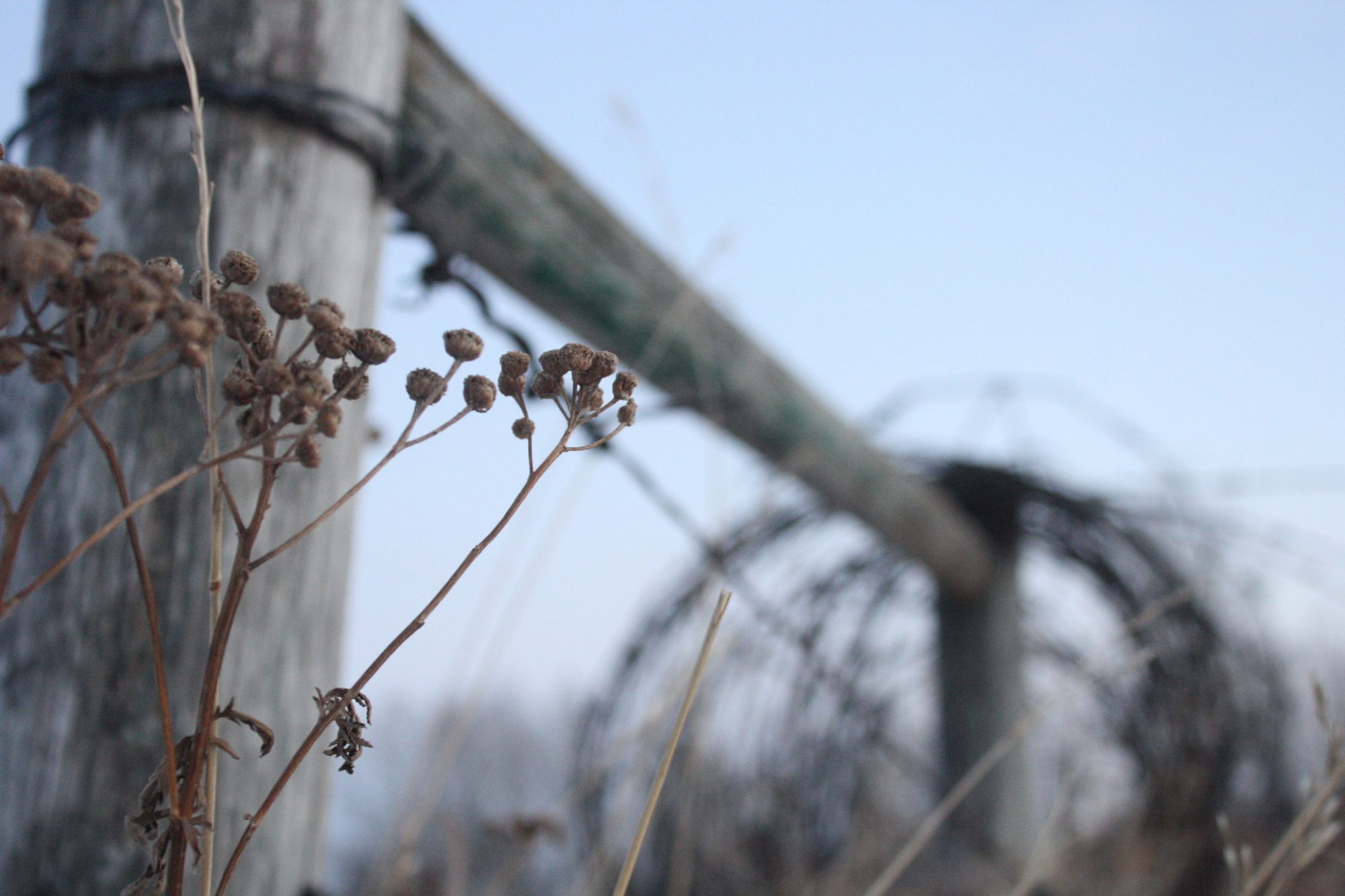Life is full of choices. For instance, today, one of my choices was which outfit to wear. I had a wedding to attend and the weather was not warm at all. Thus, my outfit choices were put to the test. Should I wear dress pants and a nice shirt or should I wear a dress? Will I be overdressed if I wear pants? Will I freeze if I wear a dress? In the end, I wore both and switched outfits as part of the wedding was outdoors and part of the wedding was indoors. While this choice seems silly to discuss with you, it is simply an example of the many choices we face everyday. Where am I going with this? Keep reading to find out.

For our first ECS 210 assignment, we were given numerous choices. The first choice was to either pick a curricular scholar or a topic/concept to examine? I chose to examine a topic. With this, I then had to choose a topic. What would I choose? Sex education and the curriculum? More than human and the curriculum? There were so many choices to choose from. To choose a topic, I picked on which interested me, while many topics interested me, one stood out. The one which stood out to me was ‘The Hidden Curriculum”. To start researching this topic, I simply typed in “The Hidden Curriculum” into the U of R library database where I was met with many results. From here, I saved a few articles to my account of which sounded interesting and related to my topic. After this, I began to read each of my saved articles and recorded which each one discussed. In the end, three articles stood out to me.
The article which caught my attention was Quality Indicators of Hidden Curriculum in Centers of Higher Education by Ghasem Barani, Fereydoon Azma and Seyyed Hassan Seyyedrezai. Within this article, the one line which grabbed my full attention was, “The hidden curriculum of the educational system reproduces the basic structure of the culture,” (Barani et al., 1658). Essentially, going off of this line, this article discusses how the hidden curriculum is related to culture, the dominant culture which in more cases than none, is typically white culture. This has detrimental effects to the students as well as the teachers, the article states. By following culture, class inequalities are also included in the hidden curriculum where different class students are treated differently unknowingly to teachers and to the students. With developing a keen interest on culture and the hidden curriculum, I read my articles I had saved in the U of R database, focusing my interest on society and culture.
The article, Starting Where You Are, Revisiting What You Know: A Letter to a First-year Teaching Addressing the Hidden Curriculum written by Cassie J. Brownell relates to the article above. This paper is not your typical article, it is written like a letter with journal-like qualities which sparked my interest. This article addresses how society impacts the hidden curriculum. Like the article above, Brownell discusses how society creates inequality and creates a generational effect of inequality. But unlike the above article, this article discusses how the hidden curriculum is reflected in the world in general and how it is difficult for teachers to change this dialect. Lastly, a third article entitled, Belonging and Learning to Belong in School: The Implications of the Hidden Curriculum for Indigenous Students by Kiara Rahman is very similar to the first two articles as it also discusses society and culture within the hidden curriculum. It also talks about the effects seen from the impact of the hidden curriculum on the Indigenous students of Australia.

For the next steps, I plan to re-read the articles. This time, I will highlight similarities of the articles in one colour, and highlight differences in another. By doing this, I will be able to see the similarities and differences in the articles to gain a better understanding of the topic. From here, I will begin writing my paper. I hope to finish the paper in ample time to give myself enough time to proofread and make changes I deem necessary.
If you have any questions or comments about my progress, I would love to hear them!
Until next time…
